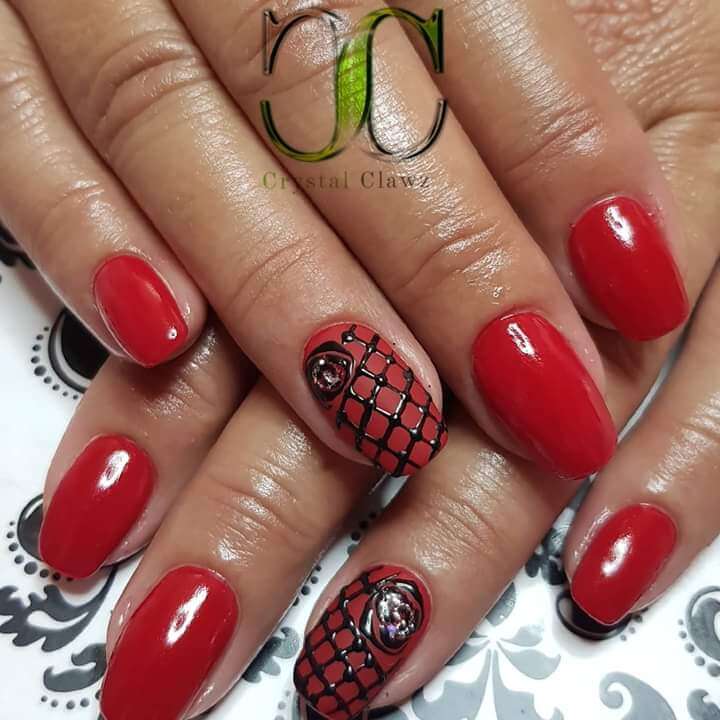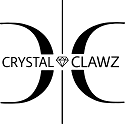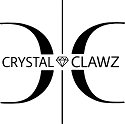Long before the UV-assisted, long-lasting manicure we all now know and love as gels, there were henna manicures, kohl manicures, and manicures that signified class status. It's no surprise that nails have been a significant part of the beauty world and industry for centuries. Keep scrolling through to find out how the history of nail polish has evolved; it's truly fascinating!
Where It All Began
Warriors in Babylonia during 3200 B.C. would spend hours having their hair curled and lacquered and their nails manicured and colored before going off to battle. The ingredient of choice: kohl. The colors of their nails signified their class. For example, black nails were considered higher rank whereas green fingernails… not so much. Their lips were often tinted to match their nails.

Credit: The Vintage News
The Mark of Class
In 3000 B.C., the Chinese used nail color as a distinction of rank and dynasty. The upper classes would use ingredients like beeswax, Arabic gum, and egg whites for nail color, and those of the ruling regime often wore highly pigmented colors like red. But nail color was not allowed for everyone. During certain dynasties, the lower classes could wear pale colors, but wearing the color of royals was punishable by death. So basically, if you were caught wearing the wrong nail color assigned to your class, you'd be in major trouble.
Cleopatra's Pick
Cleopatra decided to use henna on her nails instead of applying it in intricate designs to the entire hand as was custom (and still is in many cultures today). She would dip each finger in henna, coating just the nail portion. Her go-to color of choice? Blood red.

The First-Ever Nail Salon
Mary E. Cobb first learned the art of the manicure in France. She then redeveloped the process and brought it to the United States. In 1878, Cobb opened the first-ever nail salon titled "Mrs. Pray's Manicure." Little did she know, it would be one of the most popular and most requested beauty services in history.
She then went on to open the first manicure parlor in America, along with developing her line of products and creating the very first at-home manicure guide. And she didn't stop there; her most significant contribution to the industry was inventing the emery board.
The Birth of Big Brands
In 1911, Cutex launched with just one product: an extract for softening cuticles around the nail bed. Fast forward to 1925, Cutex went on to create what we know today as the widely popular liquid nail polish. The brand has since grown to be a beauty empire.
In 1920, makeup artist Michelle Menard wanted to create a glossy nail lacquer that mimicked the shine on automobiles. She eventually perfected her formula, which gained popularity among flappers, and in 1932 she launched the notorious cosmetic house known today as Revlon. The company sold its nail enamel in a variety of colors at drugstores and department stores for several years before expanding into lipstick and eventually an entire makeup line.

A Genius Invention
In 1957, dentist Frederick Slack broke a nail at work, and to repair it, he used aluminum foil and dental acrylic from his lab. As it turns out, he designed a faux nail that looked entirely too realistic. It prompted the dentist to collaborate with his brother to create—and then later patent—what we know today as acrylic nails.
The Debut of a Classic
Jeff Pink, the American makeup artist and founder of Orly, needed a manicure that wouldn't compete with multiple costume changes. So in 1976, he created the versatile French manicure. Little did he know, it would be one of the most popular styles of manicures ever invented. It debuted on the runways in Paris and became an instant phenomenon.

If you enjoyed reading this blog, you can read our other blogs here.
Credit: DEVEN HOPP




